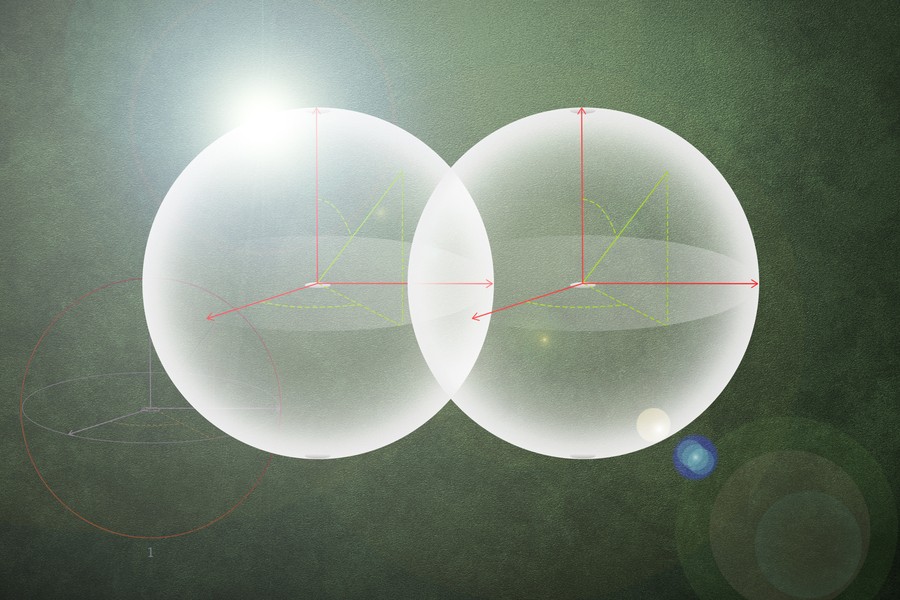MIT engineers have demonstrated what they believe is the strongest nonlinear light-matter coupling ever achieved in a quantum system, potentially eliminating a major bottleneck in quantum computing and bringing fault-tolerant quantum computers significantly closer to reality.
The research team, led by Kevin O’Brien, an associate professor at MIT, created a specialized superconducting circuit that enables quantum operations to be performed about 10 times faster than current systems. Their groundbreaking results appeared this week in Nature Communications.
“This would really eliminate one of the bottlenecks in quantum computing,” explains Yufeng “Bright” Ye, lead author of the paper and recent MIT PhD graduate. “Usually, you have to measure the results of your computations in between rounds of error correction. This could accelerate how quickly we can reach the fault-tolerant quantum computing stage and be able to get real-world applications and value out of our quantum computers.”
The advance centers on improving the “coupling” between photons (particles of light that carry quantum information) and artificial atoms (units of matter that store information in quantum computers). When these components interact strongly, quantum computers can perform operations and measurements much faster.
Using a novel circuit architecture featuring what the team calls a “quarton coupler,” the researchers achieved nonlinear light-matter coupling approximately 10 times stronger than previous demonstrations. This technical breakthrough could significantly reduce the time needed for essential quantum operations.
The research builds on years of theoretical work in O’Brien’s Quantum Coherent Electronics Group at MIT. Ye joined the lab as a PhD student in 2019 and initially focused on developing specialized photon detectors before inventing the quarton coupler that became central to this research.
Unlike conventional computing where stronger connections simply mean faster data transfer, quantum computing involves delicate quantum states that decay rapidly. These states have limited “coherence times,” meaning they can only maintain their quantum properties for very brief periods before errors accumulate.
By enabling faster operations, the MIT team’s innovation allows quantum computers to perform more calculations and error corrections within these limited coherence windows. This approach could help scientists overcome one of the fundamental challenges in quantum computing: maintaining quantum states long enough to perform useful calculations.
“The more runs of error correction you can get in, the lower the error will be in the results,” Ye explains.
While conventional computers use bits that represent either 0 or 1, quantum computers use quantum bits or “qubits” that can exist in multiple states simultaneously. This property enables quantum computers to potentially solve certain problems exponentially faster than classical computers, but it also makes them extremely sensitive to noise and errors.
The MIT research doesn’t immediately produce a practical quantum computer, but it demonstrates fundamental physics that could significantly advance the field. The team is now working to incorporate their circuit design into a complete readout system that could be integrated into larger quantum computing architectures.
Future applications of fault-tolerant quantum computers could include rapidly simulating new materials, developing faster machine-learning models, and solving complex optimization problems across various industries.
The research was supported by the Army Research Office, the AWS Center for Quantum Computing, and the MIT Center for Quantum Engineering, highlighting the growing collaboration between academic institutions and industry partners in advancing quantum technologies.
If our reporting has informed or inspired you, please consider making a donation. Every contribution, no matter the size, empowers us to continue delivering accurate, engaging, and trustworthy science and medical news. Independent journalism requires time, effort, and resources—your support ensures we can keep uncovering the stories that matter most to you.
Join us in making knowledge accessible and impactful. Thank you for standing with us!

